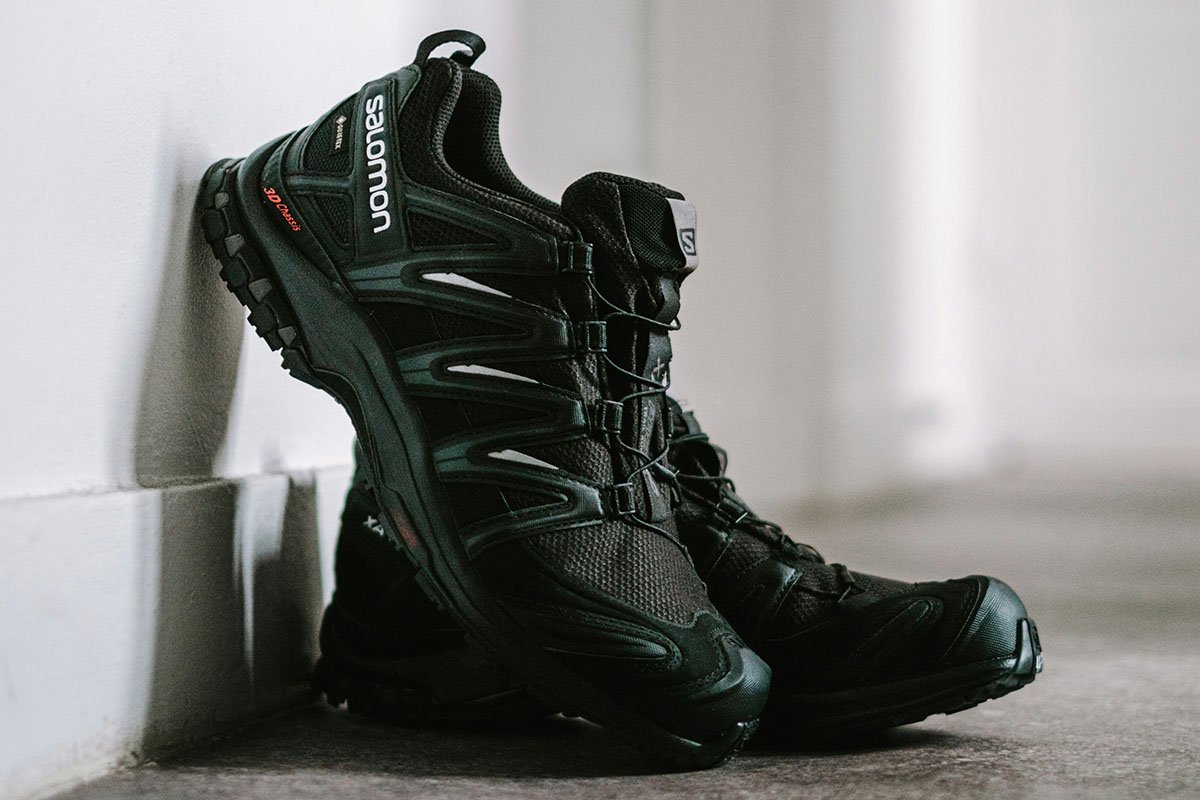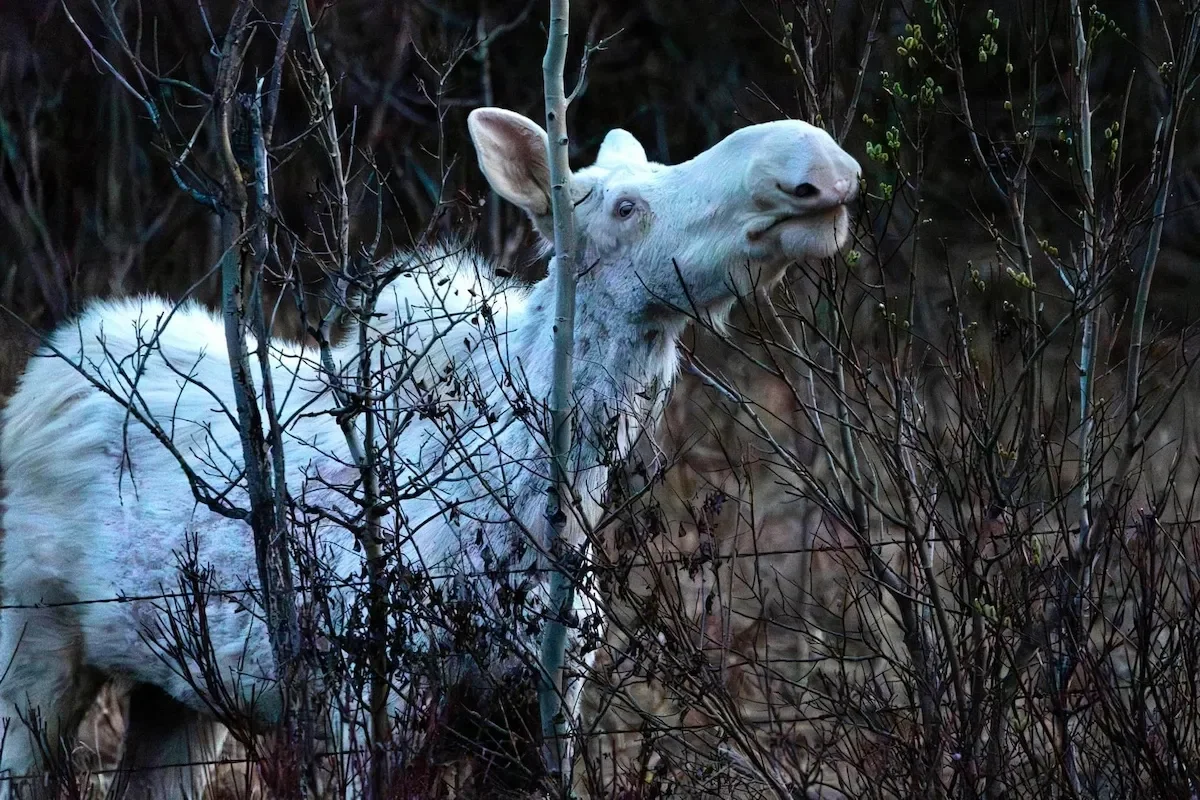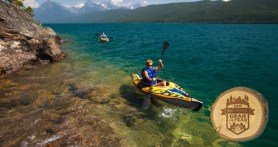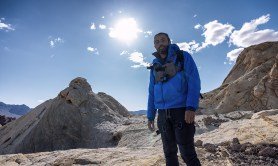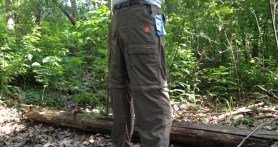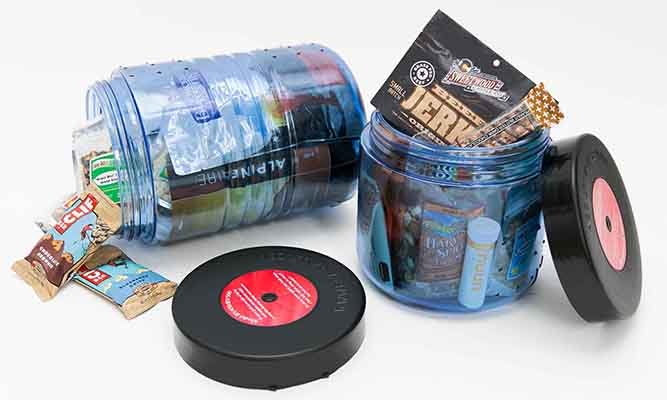

Do I need a bear canister? That’s a good question. When you’re camping in bear country, it’s important to remember that bears have a strong sense of smell. Scratch that. Bears have a very strong sense of smell, about equivalent to that of a bloodhound.
Did you ever watch a police procedural where the detectives have a bloodhound sniff somebody’s clothes, and the dogs are able to follow their trail for miles? Well, bears can do the same thing.
Fortunately for us humans, bears aren’t generally interested in eating us. We’re large, we’re intelligent, and some of us carry the long shiny sticks that go boom.
But the same doesn’t go for our camp food. Bears just can’t resist the smell of a good meal, and they also love the smell of mint — the kind you’ll find in toothpaste, deodorant, and mouthwash. All of these things are magnets that can draw a bear into your campsite in the middle of the night.
So if you’re camping in bear country, you need to store your food and toiletries away from your campsite. And unless you want to go hungry for the rest of your trip, you’ll need to protect your food as well as possible.
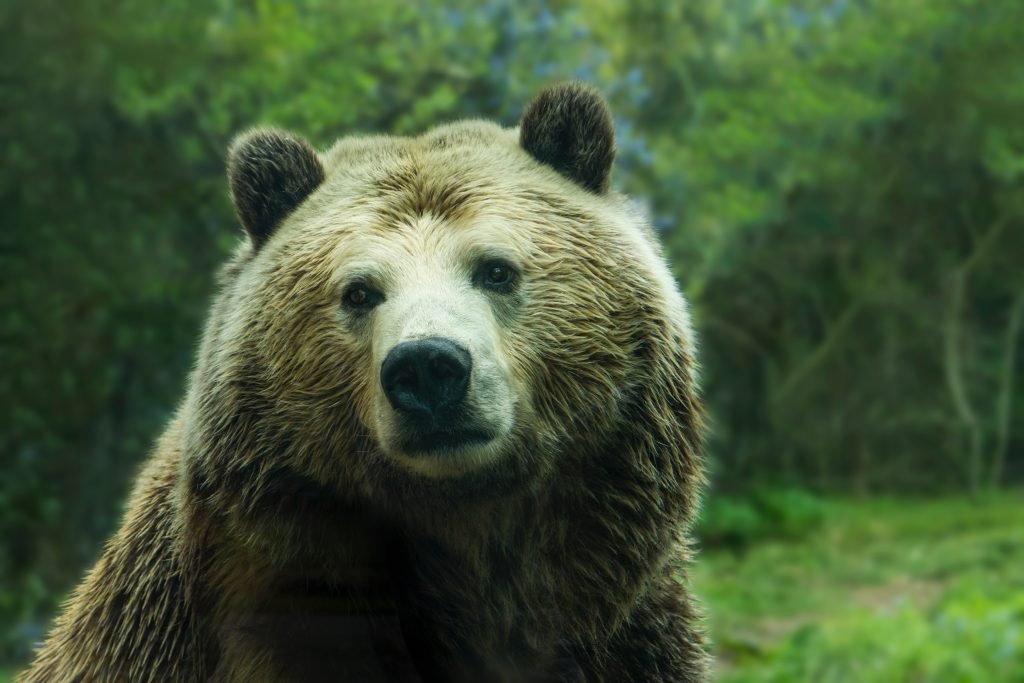
What is a Bear Canister?
A bear canister is a hard-sided container, typically a thick polymer, which is designed to protect your food from bears. These canisters typically weigh 2-3 pounds and hold enough food for one person for five days. If you’re camping with a buddy, two people can fit 2-3 days worth of food in a canister.
These containers are engineered to resist slashing and prying, which are a bear’s go-to method for breaking into a container. The lids feature a locking mechanism that’s easy for humans to open, but virtually impossible for a bear to get open. A popular choice is the BearVault canister, which is approved by all National Parks and National Forests
How Do I Use a Bear Canister?
Keep in mind that a bear canister’s primary purpose isn’t to protect your food and toiletries; it’s to protect you. So it doesn’t make much sense to keep the canister in the middle of your campsite, where bears may come and take a crack at it.
Instead, once you’ve finished eating, put all your food, toiletries, and anything that smells like food (such as eating utensils) into the canister, and seal the lid. Then, take the canister at least 200 feet from your campsite, and put it somewhere that’s going to be easy to find in the morning. Since most bear canisters are green or black, many campers paint a bright-colored stripe on the side to make it easier to locate in the woods.
One last thing about positioning your canister. A bear may attempt to get into it in the middle of the night, and in the process, they may knock it around a little. If your bear canister is located near the edge of a cliff or the shore of a lake, the bear may knock it somewhere where you can’t retrieve it.
What Are the Pros and Cons of Bear Canisters?
Here’s a list of reasons why you should — or shouldn’t — use a bear canister.
Pros:
- Bear canisters are easier to set up and retrieve than a traditional counterweight or bear bag.
- Bear canisters can be used even where there are no suitable trees for hanging a bag.
- Canisters provide better protection than other methods.
- Many campsites require them.
- They can double as a camp stool.
Cons:
- Bear canisters are relatively heavy and bulky.
What Are Some Alternatives to Bear Canisters?
There are two other commonly-used methods of storing your food on a hike.
The first is a simple bear bag. For this method, you put all of your supplies into a stuff sack, and tie a rope around the top of the sack. Then you hang the sack from a branch, and anchor the other end of the rope to a nearby tree so you can retrieve the sack. When you’re using this method, make sure the bag is at least 10 feet off the ground and 10 feet from the tree’s trunk, or a bear may be able to reach it.
The second method is the counterweight system, which is similar. For this method, you use two stuff sacks, run a rope between them, and suspend them both from a tree branch. For retrieval, many campers tie a smaller rope or even fishing line to one of the bags. Like a simple bear bag, counterweighted bags need to be at least 10 feet off the ground and at least 10 feet from the trunk.
Unfortunately, these methods require tall trees with sturdy branches. In many areas of the US, including deserts, scrub, and pine forests, bear bags just aren’t practical.
Some campgrounds provide lockers that are located a safe distance from campsites. If your campground provides these, they’re even more convenient than a bear canister. Just make sure to be a courteous camper, and pack out your trash at the end of your trip.
